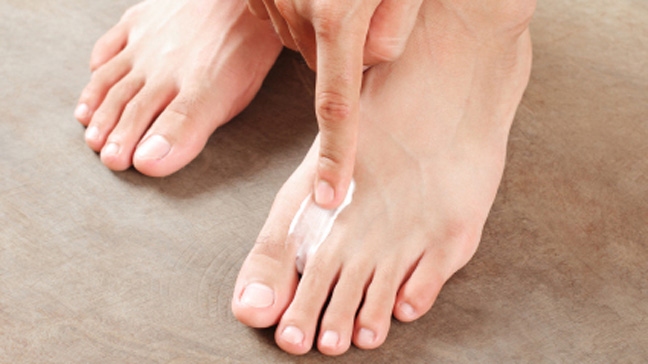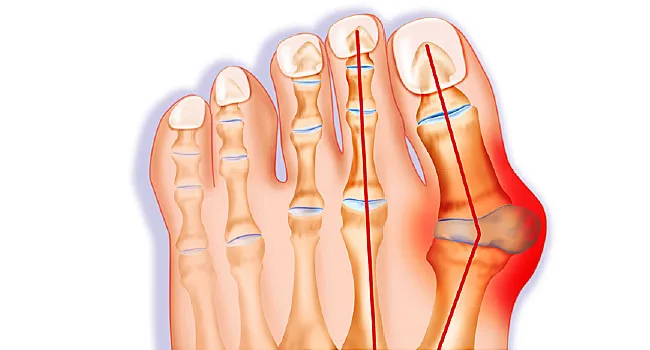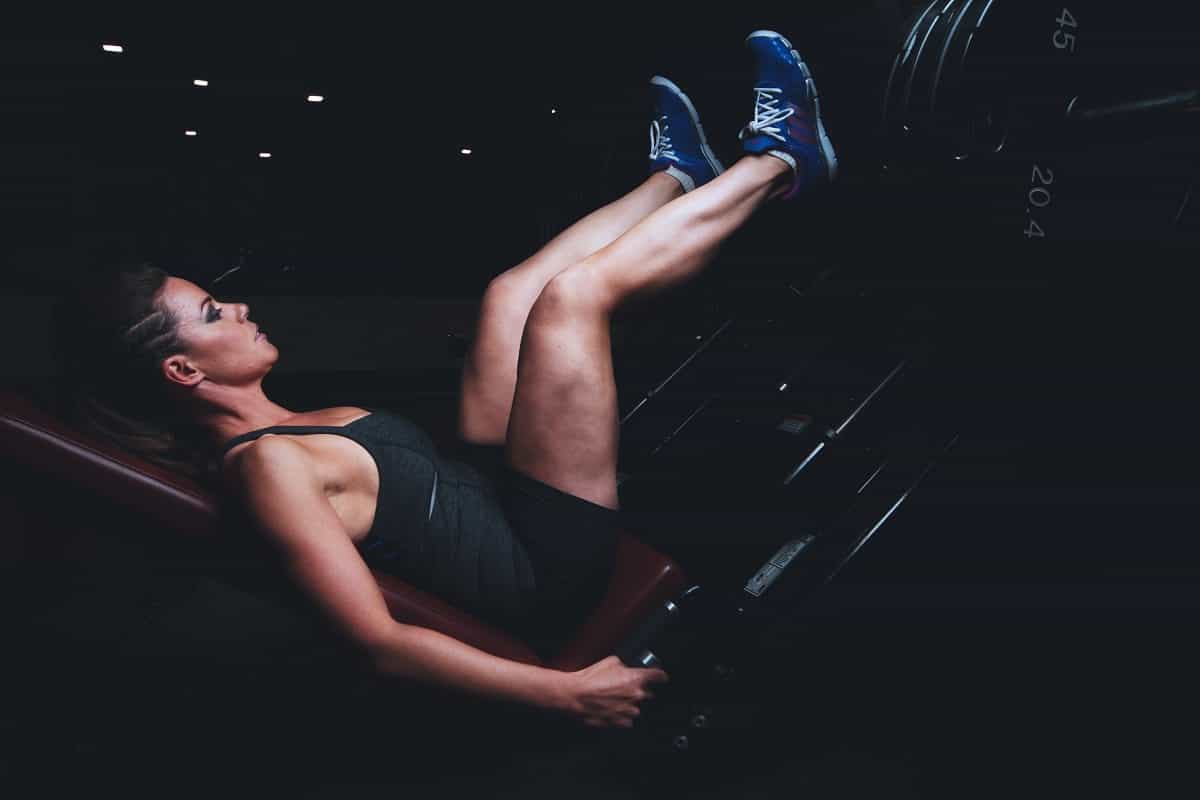If you have ever experienced foot problems, you might have visited a chiropodist or podiatrist. People often visit chiropodists and podiatrists for the treatment of foot issues, but they don’t know the difference between the two. They don’t know who is better for the treatment of medical conditions like foot and heel pain.
It is not essential to know the difference as most people don’t think about a chiropodist or podiatrist before going to a foot doctor. However, it is good to visit a doctor who specializes in the treatment of foot problems.
Difference between a Chiropodist and Podiatrist
Actually, there is no difference between a chiropodist and a podiatrist. Both of them possess the same skills and qualifications. Both offer the same kind of treatment for lower leg problems.
However, in some countries, people use the term chiropody, and the practitioners are known as Chiropodists. For example in the United Kingdom, foot doctors are known as Chiropodists. The term Chiropody has been stopped in the ’60s and ’70s, as it was unregulated.
Also in Australia, the term Chiropodist has been replaced with Podiatrist in the year 1977. As the profession of Chiropody was not regulated in Australia, the decision was taken to get all the approved practitioners registered as a Podiatrist. The term chiropody was changed to podiatry to avoid any confusion.
Some common foot conditions
All the foot doctors in Australia are known as Podiatrists who offer treatment for all types of foot diseases. Common foot problems include corns, calluses, bunions, nerve pain, ingrown toenails, warts, and fractures. All such issues cause pain in the foot and sometimes swelling.
People suffering from these problems face difficulty in standing and walking. The podiatrists offer treatment of all such problems through medicines and orthotics; however, in some cases, surgery is required.
Athlete’s foot

The athlete’s foot is a common foot problem, that is caused by a fungus that thrives in the warm and moist areas like between the toes and bottom of the feet. The common symptoms are inflammation of the skin, while scaly rashes and redness. If not treated at the right time, the infection can spread to other body parts. You can use the over the counter sprays and medicines to treat the athlete’s foot, But if the problem is chronic, it is best to consult a podiatrist.
Blisters
People develop blisters on their heels when they wear the wrong type of footwear. The top of the heels develops pockets of skin that are filled with fluid. Blisters cause pain in the area and make walking difficult. A podiatrist may treat it with medicines and ointments or may perform a small surgery depending on the severity of the problem.
Bunions

A bunion is caused when the joint of the thumb bulges out of the foot area. You may face difficulty in wearing the shoes, as the bunion can cause pain in the bulged out joint. There are many causes of bunions like deformities, arthritis, and heredity. One common reason is wearing narrow shoes that apply pressure on the toe. If you notice the symptoms of a bunion forming in your foot, you should visit a chiropodist immediately to start with the treatment as a little delay can lead to surgery.
Corns and Calluses
Foot problems like corns and calluses are a result of repeated rubbing of the bony area with the footwear. The corns usually develop on the top and side of your toes and also between the toes. Calluses form on the bottom of the foot mostly under the heel area or the side of the toes. Corns and calluses are both hard and painful. Some people try to cut the corns and calluses with sharp objects at home which may lead to an infection. You should visit a podiatrist for the treatment, instead of treating it on your own.
Plantar Fasciitis and Heel Spurs
Plantar fasciitis is a painful condition in which the tissue connecting the heel to the ball of the foot becomes inflamed. Heel spurs are the small portions of bones that grow at the base of the heel. Sometimes heel spurs develop after the development of plantar fasciitis. You can see the heel spurs clearly on an X-ray image. Plantar fasciitis and heel spurs are painful as they cause the inflammation and irritation in the feet.
Foot Orthotics
Foot orthotics are the devices that patients wear in the shoes under the foot or over the lower leg for support. Podiatrists recommend wearing foot orthotic devices for the treatment of foot problems in the earlier stages.
Some foot conditions also cause pain in the knees, hips, and lower back. In such conditions, orthotic devices help provide relief from pain and support your feet while standing and walking. However, all orthotics are not the same, and one type of device cannot treat all foot conditions. That is why podiatrists recommend using custom foot orthotics which suits the best to your foot shape and medical condition.
You can also use the orthotics even if you don’t have any foot problems. The athletes use it for supporting their toes and heels while running. Orthotics save the feet from the high impact caused by jogging and running.
Final Words
Now, as you understand that there is no significant difference between a chiropodist and a podiatrist, you can visit any of them for the treatment of foot problems. Both doctors treat the same types of lower leg conditions and offer the same kind of treatment.
Podiatrists and chiropodists are not only meant for foot and lower leg problems. You can also visit them for the hip and lower back pain or regular foot care advice. Sometimes foot conditions lead to the hip and back problems.
There are many podiatrists in Australia that treat the back and hip problems caused by foot conditions. If you live in or around the Gold Coast, Australia you can visit a Podiatrist Gold Coast for treatment of any foot conditions.
Read More:- Drink More Water and Here’s Why























